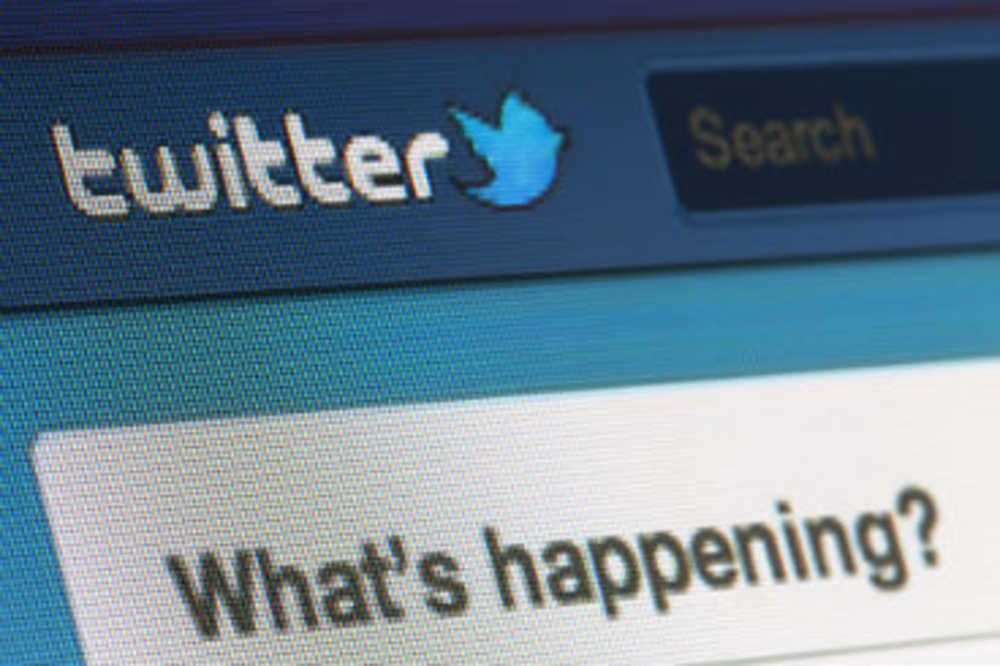Some of the world’s largest companies are proactive in their marketing through Twittter. Too many others, however, are missing opportunities to use social currency for brand affinity, according to the newly released Social Currency Index, compiled by social marketing automation firm Insightpool.
By using Twitter’s favorite, follow, list, and retweet functions, for example, firms can build their social currency, including brand loyalty, affinity, and brand perception, says Adam Wexler, Insightpool founder and chief strategy officer. “I go back to the ‘rule of seven.’ If someone sees seven impressions of a brand, it creates an indelible perception,” he says. “Some brands are going out of their way to do this. Others are still being reactive in their social media marketing.”
Interacting with customers via Twitter and other social sites presents an opportunity for companies to create positive impressions proactively, Wexler notes. “Twitter provides a two-way dialogue; [customers] don’t have to interact with [the brand] first,” he says. “Twitter allows marketers to respond and manage the dialogue with their brand. Why sit back and wait for [customers]? Proactively engage them in a dialogue to drive them toward your ultimate goal: an impact on the bottom line. But you can only have that if you’re proactive rather than reactive.”
More than four fifths (418) of the Fortune 500 have Twitter accounts, but many of them miss opportunities to be proactive and fully leverage the social media channel, according to Wexler.
Insightpool’s Social Currency Index highlights the companies that are most proactive on Twitter in terms of actions like favoriting, retweeting, and following. Entertainment firm Live Nation was listed at the top of the index, based on how well it effectively and consistently leverages social touchpoints. “For all the different touchpoints, they are the most consistent as far as what they are doing with their social strategy,” Wexler explains.
Click on the infographic below to enlarge.
Rounding out the index’s top five were MasterCard, CA Technologies, Home Depot, and United Parcel Service.
Some other firms in the index that are successfully building social currency, while not in the top five, were much more effective in using Twitter than larger companies, according to Wexler. Whole Foods Market, 249 in the Fortune 500, for example, had the most followers of any brand, had five times as many followers as the next closest brand, JetBlue, and almost seven times as many as Starbucks. Additionally, Whole Foods was at or near the top of three different Twitter touchpoints, showing that the company is proactively interacting with customers, Wexler asserts.
Starbucks, however, was the only company to finish in the top five in two different categories: second in favorites and third in follows, putting the company seventh overall.
JC Penney, while ranking first in favorites, followed only 1,000 people, a tiny amount considering that the company has 259,000 Twitter followers, according to Wexler. He contends that the simple act of following customers makes a positive impression because it makes them feel important—important enough to tell their friends that a big brand is following them. Ultimately, this would create even more positive impressions for the brand.







